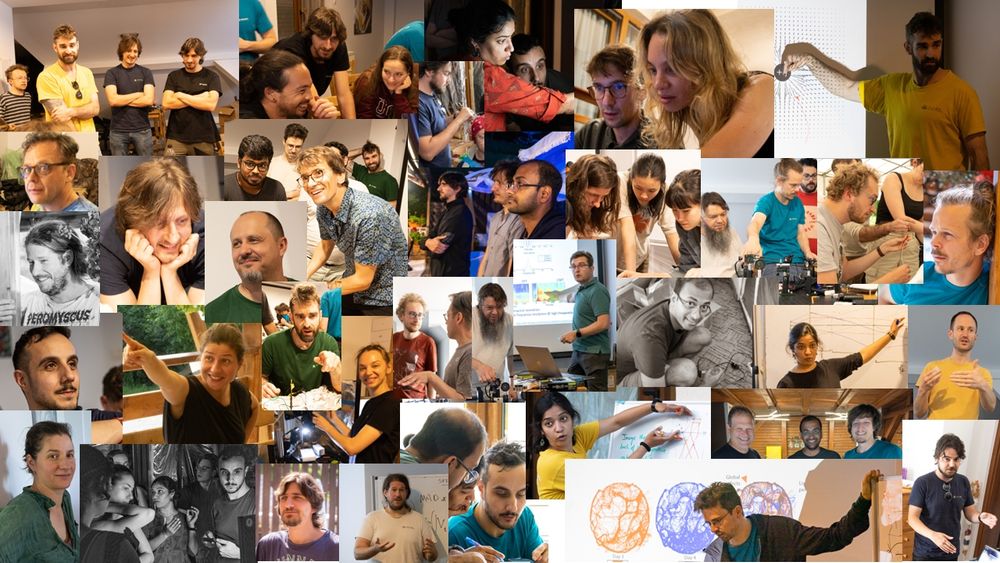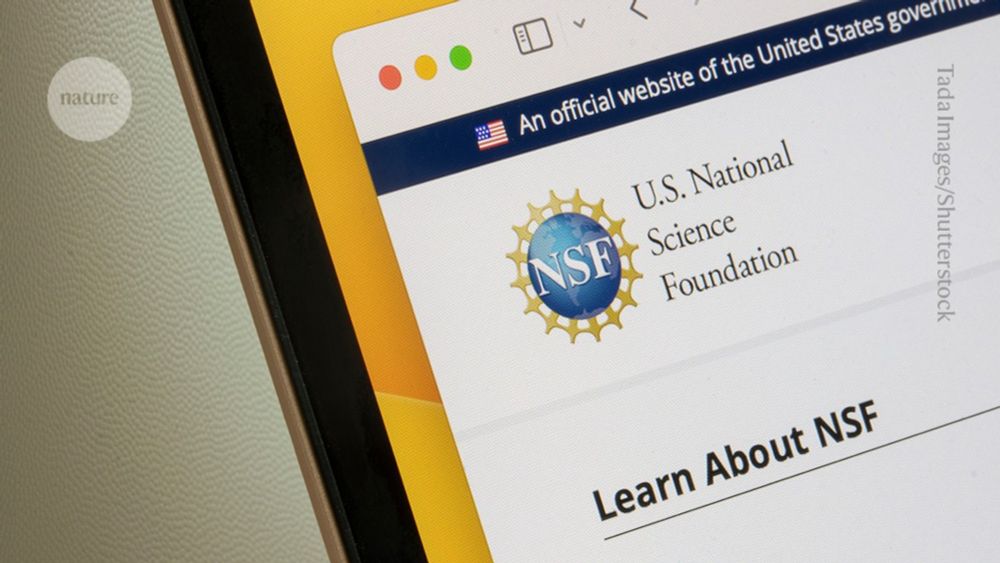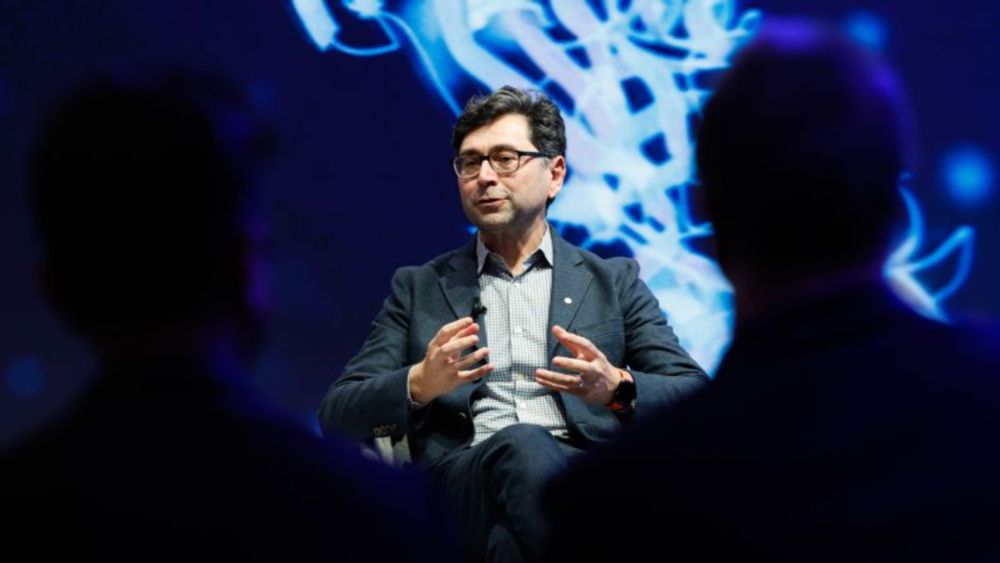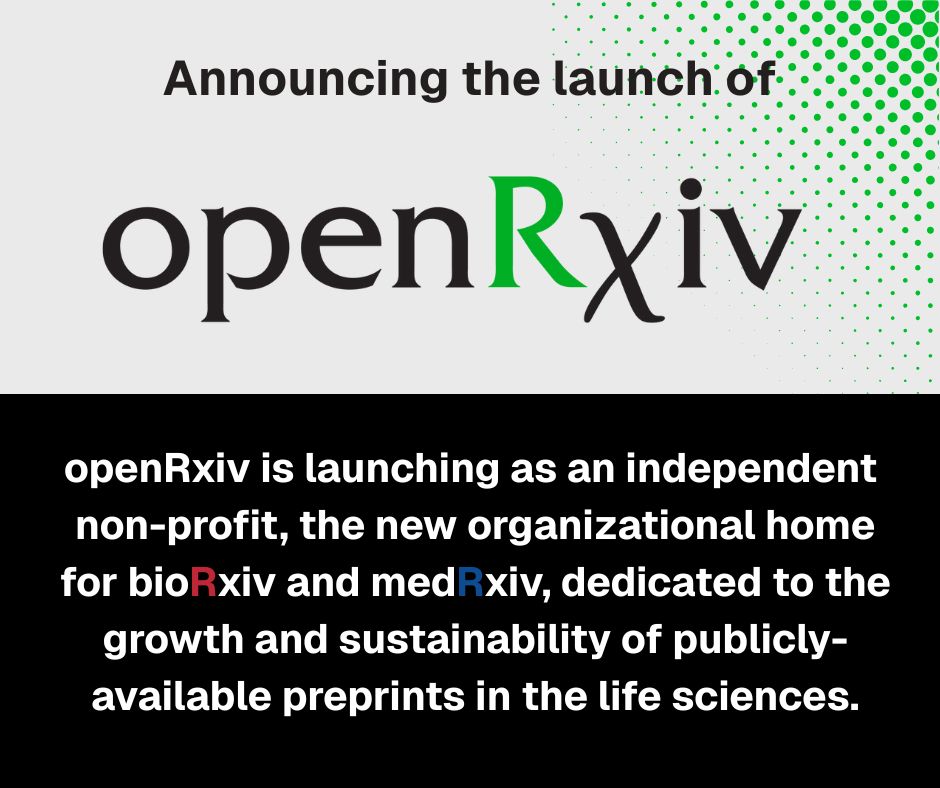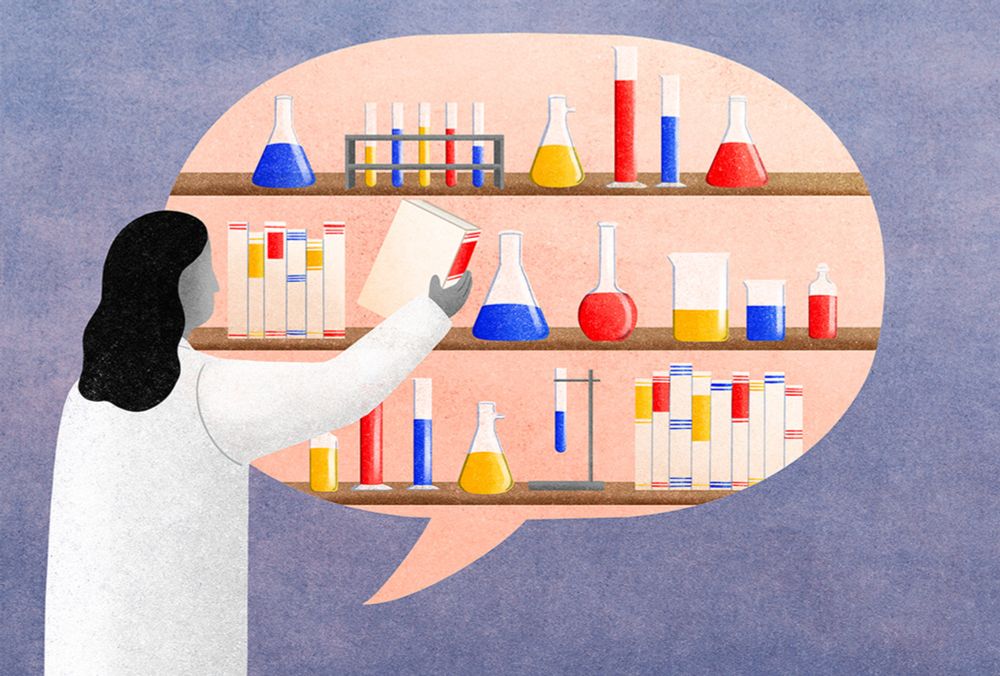Dinu F Albeanu
@dinanthos.bsky.social
310 followers
450 following
30 posts
Researcher at Cold Spring Harbor Laboratory; Interests: Neuroscience, Predictive processing, Olfaction; albeanulab.cshl.edu
Posts
Media
Videos
Starter Packs
Reposted by Dinu F Albeanu
Reposted by Dinu F Albeanu
Bence Ölveczky
@olveczky.bsky.social
· Sep 3
Judge Strikes Down Trump Administration Funding Freeze to Harvard as Unconstitutional | News | The Harvard Crimson
A federal judge ruled that the Trump administration violated the Constitution when it froze nearly $2.7 billion in research funding to Harvard, striking down the freeze in its entirety and delivering ...
www.thecrimson.com
Reposted by Dinu F Albeanu
Petr Znamenskiy
@petrznam.bsky.social
· Jul 21

Barcoded Rabies In Situ Connectomics for high-throughput reconstruction of neural circuits
Sequencing of oligonucleotide barcodes holds promise as a high-throughput approach for reconstructing synaptic connectivity at scale. Rabies viruses can act as a vehicle for barcode transmission, than...
www.biorxiv.org
Dinu F Albeanu
@dinanthos.bsky.social
· Jul 4
Dinu F Albeanu
@dinanthos.bsky.social
· May 19
Dinu F Albeanu
@dinanthos.bsky.social
· Mar 26
Dinu F Albeanu
@dinanthos.bsky.social
· Mar 26
Dinu F Albeanu
@dinanthos.bsky.social
· Mar 26

An evolutionarily conserved scheme for reformatting odor concentration in early olfactory circuits
Understanding how stimuli from the sensory periphery are progressively reformatted to yield useful representations is a fundamental challenge in neuroscience. In olfaction, assessing odor concentration is key for many behaviors, such as tracking and navigation. Initially, as odor concentration increases, the average response of first-order sensory neurons also increases. However, the average response of second-order neurons remains flat with increasing concentration – a transformation that is believed to help with concentration-invariant odor identification, but that seemingly discards concentration information before it could be sent to higher brain regions. By combining neural data analyses from diverse species with computational modeling, we propose strategies by which second-order neurons preserve concentration information, despite flat mean responses at the population level. We find that individual second-order neurons have diverse concentration response curves that are unique to each odorant — some neurons respond more with higher concentration and others respond less — and together this diversity generates distinct combinatorial representations for different concentrations. We show that this encoding scheme can be recapitulated using a circuit computation, called divisive normalization, and we derive sufficient conditions for this diversity to emerge. We then discuss two mechanisms (spike rate vs. timing based) by which higher order brain regions may decode odor concentration from the reformatted representations. Since vertebrate and invertebrate olfactory systems likely evolved independently, our findings suggest that evolution converged on similar algorithmic solutions despite stark differences in neural circuit architectures. Finally, in land vertebrates a parallel olfactory pathway has evolved whose second-order neurons do not exhibit such diverse response curves; rather neurons in this pathway represent concentration information in a more monotonic fashion on average, potentially allowing for easier odor localization and identification at the expense of increased energy use. ### Competing Interest Statement The authors have declared no competing interest.
doi.org
Reposted by Dinu F Albeanu

